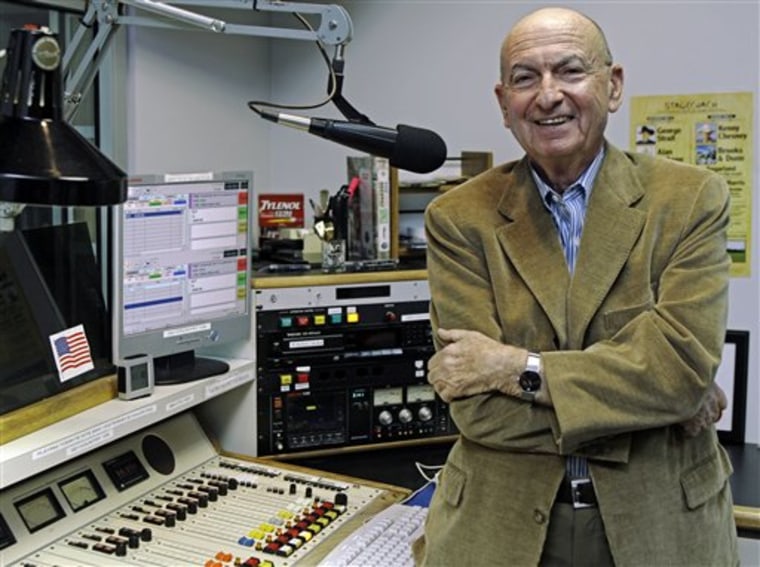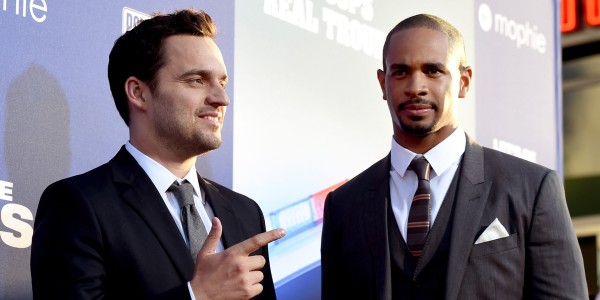Country radio has had a rough go of it in the big city.
New York, Los Angeles and San Francisco all have seen country stations fail in recent years.
But the return of country to the FM airwaves this week in Los Angeles and San Francisco has the industry upbeat about the genre’s viability in the nation’s largest markets.
“It shows the strength of the format,” said Mike Peterson, program director at WUSN in Chicago, one of dozens of country radio programmers gathered here this week for the annual Country Radio Seminar. “It’s hot enough that companies think now is the time to jump in and take a shot at it.”
San Francisco is the latest to see a country comeback. Adult hits station KMAX, owned by Entercom Communications Corp., changed formats Thursday morning, becoming the city’s first country station in almost two years.
Los Angeles, which has been without an FM country station since August when KZLA changed formats after more than 20 years, saw the launch of KKGO “Go Country 105” on Monday.
People in the industry say having country radio in major markets is important for building the genre’s audience and promoting concerts and album sales. Satellite and HD radio take up some of the slack, but they still represent only a small part of the overall radio and audio entertainment marketplace.
Some radio programmers believe the crossover success of country-pop acts such as Carrie Underwood and Rascal Flatts makes the timing right for country to expand in urban markets.
“I’ve been bullish now for about two years,” said Chris Allinger, program director at WQNY, a country station in Ithaca, N.Y. “It really only takes one shoe to drop before another goes down.”
Country still No. 1 nationwide
Country remains radio’s dominant musical format by far with more than 2,000 stations, according to data from M Street Corp. The next closest is contemporary Christian with about 900 stations.
But while country radio does well in large cities of the South and Midwest and even areas of the Northeast, it has struggled in some of the largest urban centers — no big surprise since countless country songs are about the virtues of simple country livin’ and the perfidies of the big city.
The demise in Los Angeles was particularly unsettling given the city’s position as a top market for country album sales. Southern California also has a storied country tradition with legends such as Buck Owens and Merle Haggard honing the Bakersfield sound, and later country rock acts like the Byrds, Linda Ronstadt and the Eagles leaving a huge imprint on popular music.

Haggard, who once sang about moving to Montana because he was “tired of this dirty old city,” began his career playing around Los Angeles and San Francisco. He thinks the whole genre has lost its identity.
“The days of originality and the things that made country music country music are not being played now,” Haggard said during a recent phone interview from his Northern California home. “The originality went away when they tried to play rock ’n’ roll. I think that’s what caused it to go down in the big cities.”
Conventional wisdom is that the cities are too ethnically diverse to support country radio, for which the traditional base is rural and white. But Rick Houlberg, a professor of broadcasting at San Francisco State University, thinks radio consolidation contributes to the problem.
“No one is programming locally anymore,” Houlberg said. “The people who do the programming for these large corporate giants in many cases are very unsophisticated about it. They don’t know the market so they go with what is safest.
“Someone in Florida or Texas thinks people in San Francisco or Los Angeles are not going to listen to country music. They’re still making huge amounts of money off of radio — so why deal with something that in their estimation may not work?”
It all boils down to moneyIndeed, Moon Mullins, operations manager at WBKR in Owensboro, Ky., said it all boils down to money. With the high cost of licensing a station in a major city, a company must be confident the investment will pay off.
“They can’t do it in those markets. If they could, they would,” Mullins said. “It’s about commerce; they don’t care about the musical format.”
Slideshow 26 photos
Celebrity Sightings
Emmis Communications Corp. said it was a business decision to switch KZLA from country to rhythmic pop in Los Angeles. At the time, KZLA ranked 20th among the 80 radio stations in Los Angeles and attracted about 550,000 listeners a week.
Saul Levine, president of the smaller Mt. Wilson Broadcasting Inc., which brought country back to Los Angeles this week on KKGO, said his company can make the station work even at the revenue levels KZLA was reaching. But Levine sees opportunities for growth through market coverage and on-air personalities.
“I see it as a very sophisticated market for country listeners,” Levine said. “It’s not pickup trucks with a rifle in the back. More likely they’re driving a Lexus or BMW or Mercedes.”
Most say New York, because of its size, culture and multitude of entertainment choices, will be harder to crack. The city has been without a country station for several years.
But Ed Salamon, executive director of the trade group Country Radio Broadcasters Inc., said not only can country radio survive in New York, it can thrive.
In the 1970s and ’80s, Salamon programmed New York’s WHN, widely credited as the most-listened-to country radio station in history. He said the station appealed to Hispanics and other nontraditional listeners, even enlisting the country singer Freddy Fender for an advertising campaign in Spanish.
“Folks who were first- and second-generation immigrants to America liked country music for a number of reasons,” Salamon said. “The words were easier to understand than rock or urban, and the subject material of love and family and patriotism were things they were very comfortable with.”
